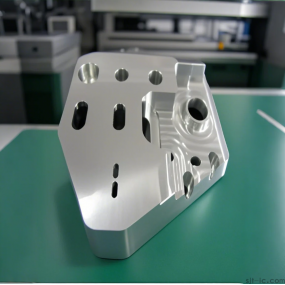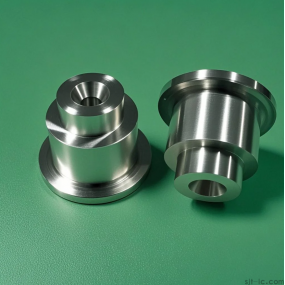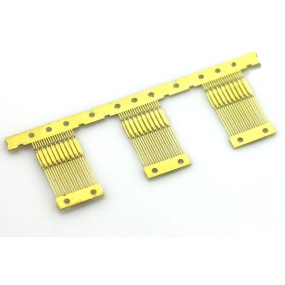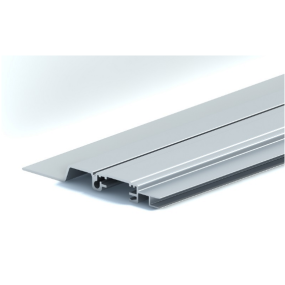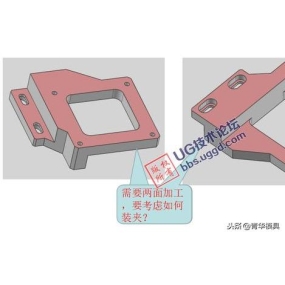1. Tool Selection Matters for Roughing Copper Workpieces
Anyone with CNC experience knows that the roughing stage has a huge impact on efficiency. When roughing copper workpieces, try to avoid using high-speed steel (HSS) tools as much as possible—they wear out quickly, and you can’t run them at high speeds either. Instead, fly cutters or carbide tools are more cost-effective here: they are more durable and can handle larger cutting depths. Simply put, choosing the right tool makes the work easier and saves a lot of time spent on tool changes!
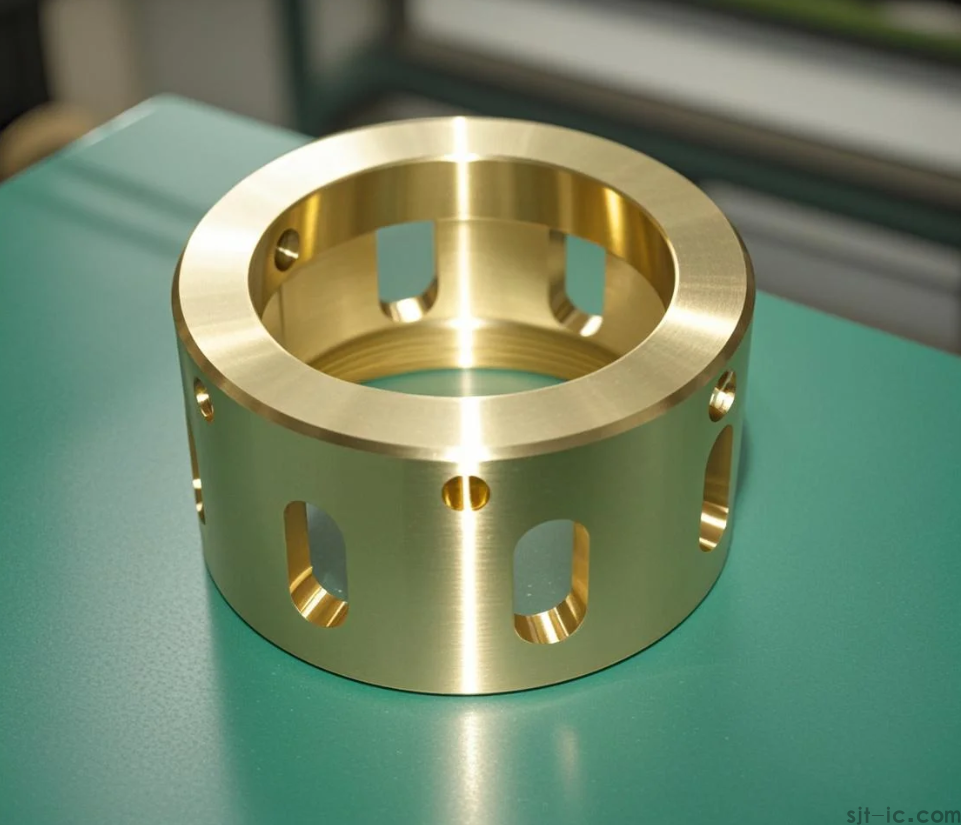
2. Layered Machining Is Essential for Tall Copper Workpieces
When dealing with tall copper workpieces, don’t try to machine them from top to bottom with a single tool! The stable and reliable approach is layered machining—using tools of different lengths to gradually rough the workpiece. This method not only prevents tool vibration and chatter but also ensures uniform machining allowance for each layer. That makes sense, right?
3. Flat-End Mills Are the First Choice for Flat Surface Machining
When machining flat surfaces, remember to use flat-end mills instead of ball-end mills. Flat-end mills have a larger contact area, which ensures more stable cutting and much higher efficiency. Ball-end mills, on the other hand, are better suited for curved surface machining. From the editor’s perspective, this is about "each tool doing its own job": this way, every tool plays its maximum role, and you also save a lot of machining time!
4. For Corner Cleaning: Measure the Radius First Before Cutting
Corner cleaning on copper electrodes is a delicate task. Before cleaning the corners, you must first check the size of the corner radius (R-radius). Then, select a ball-end mill of the appropriate size based on this radius. If you choose a tool that’s too large, you won’t be able to clean the corners thoroughly; if the tool is too small, it will easily break—wasting both time and material. So, taking an extra minute to measure will never go wrong!
5. Make Good Use of Tapered Tools for High Efficiency on Tapered Features
If the workpiece has integer tapers (e.g., some positioning pins or cylindrical bosses with tapers), don’t hesitate—use a tapered tool directly for machining. This method offers high efficiency and good precision, saving you a lot of trouble. The editor has noticed that some people always try to make do with ordinary tools, but this ends up taking more time. Why go through that hassle?
Personal Insights and Recommendations:
CNC copper machining faces two major challenges: the material is soft and prone to tool adhesion. Here are some tips for operation:
- Spindle Speed and Feed Rate: Copper has good machinability, so you can moderately increase both the spindle speed and feed rate.
- Spark Gap Reservation: When machining copper electrodes, set the spark gap (reserved allowance) properly. For roughing electrodes, the gap is usually 0.2–0.5mm; for finishing electrodes, it’s 0.05–0.15mm.
- Tolerance and Stepover: For finishing copper electrodes, it’s appropriate to set the tolerance between 0.005–0.02mm and the stepover between 0.05–0.3mm.
- Maintenance and Inspection: Regularly maintain the machine tool, and carefully check the program simulation before machining to avoid overcutting and tool collisions.
In short, mastering these methods will make CNC copper machining twice as effective with half the effort! Hope this helps you.
Do you need me to adjust the translation of specific technical terms (such as optimizing expressions for "spark gap" or "stepover" to align with international CNC Machining conventions) or create a bilingual glossary of core CNC copper machining terms for your reference?


 Spanish
Spanish Arabic
Arabic French
French Portuguese
Portuguese Belarusian
Belarusian Japanese
Japanese Russian
Russian Malay
Malay Icelandic
Icelandic Bulgarian
Bulgarian Azerbaijani
Azerbaijani Estonian
Estonian Irish
Irish Polish
Polish Persian
Persian Boolean
Boolean Danish
Danish German
German Filipino
Filipino Finnish
Finnish Korean
Korean Dutch
Dutch Galician
Galician Catalan
Catalan Czech
Czech Croatian
Croatian Latin
Latin Latvian
Latvian Romanian
Romanian Maltese
Maltese Macedonian
Macedonian Norwegian
Norwegian Swedish
Swedish Serbian
Serbian Slovak
Slovak Slovenian
Slovenian Swahili
Swahili Thai
Thai Turkish
Turkish Welsh
Welsh Urdu
Urdu Ukrainian
Ukrainian Greek
Greek Hungarian
Hungarian Italian
Italian Yiddish
Yiddish Indonesian
Indonesian Vietnamese
Vietnamese Haitian Creole
Haitian Creole Spanish Basque
Spanish Basque

